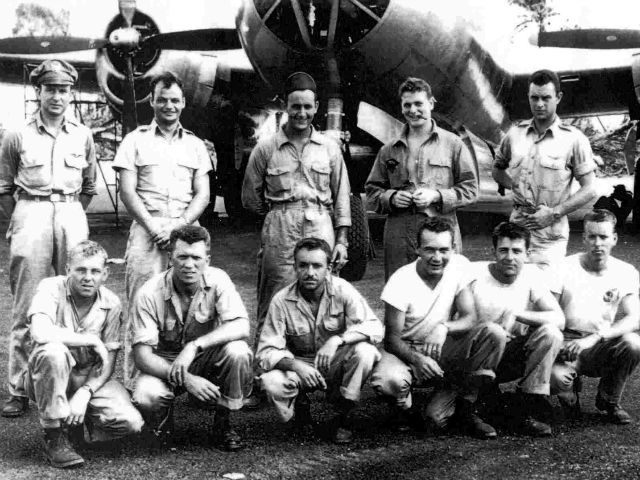Doctors and staff at a Japanese university dissected at least eight U.S. prisoners of war (POWs) while they were still alive during World War II, acknowledges a museum at the university, the Daily Mail reported in April.
“A gruesome display at the newly-opened museum at Kyushu University explains how eight US POWs were taken to the center’s medical school in Fukuoka after their plane was shot down over the skies of Japan in May 1945,” noted the report.
“There, they were subjected to horrific medical experiments – as doctors dissected one soldier’s brain to see if epilepsy could be controlled by surgery, and removed parts of the livers of other prisoners as part of tests to see if they would survive,” it added.
Doctors injected another American soldier with seawater in an experiment to see if it could be substituted for sterile saline solution used to treat dehydration.
The Japanese doctors preserved the remains of the U.S. POWs in formaldehyde until WWII came to an end.
“Evidence of the experiments was heard at an Allied War Crimes tribunal in 1948 against 30 doctors and university staff, by which time the body parts had been destroyed,” reported the Daily Mail.
“In total 23 people were found guilty of vivisection – dissecting and performing surgery on a living thing – and five were sentenced to death,” it added. “General Douglas MacArthur later commuted all death sentences when he was military governor of Japan and all the perpetrators were released.”
An estimated 12 U.S. airmen, the exact number remains a mystery, were aboard Capt. Marvin Watkins’s B-29 when it deployed from Guam on a bombing raid targeting an airfield in Fukuoka.
The airmen all bailed out when the aircraft was hit by a Japanese fighter jet.
“One was killed when another Japanese fighter flew into his parachute,” revealed the Daily Mail. “Local residents converged on the surviving airmen as they landed- one emptied his pistol at the crowd before shooting himself dead, another was stabbed to death by locals.”
“Of the remaining airmen Captain Watkins was taken for interrogation and survived the war, he is believed to have died in Virginia in 1989. The rest died during the horrific vivisection experiments,” it added.
One of the Japanese doctors who carried out the experiments, Todoshi Tono, ended up dedicating his life to shedding light on the atrocities after the war, writing a book against the wishes of his colleagues who wanted their crimes to remain secret.
Teddy Ponczka, one of the U.S. airmen, was stabbed by locals after his plane crashed and assumed he was going to be treated for his injuries when instead he was taken to the university’s medical center, Tono told The Baltimore Sun in 1995.
“In a society where war crimes are still taboo and rarely discussed, although the incident has been extensively documented in books and by US officials,” the museum’s display “represents an official acknowledgement of the atrocity,” noted Daily Mail.

COMMENTS
Please let us know if you're having issues with commenting.